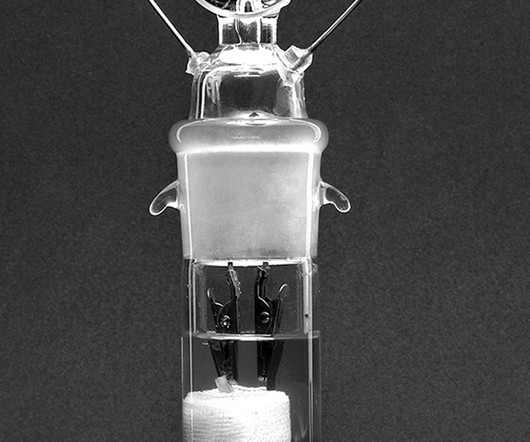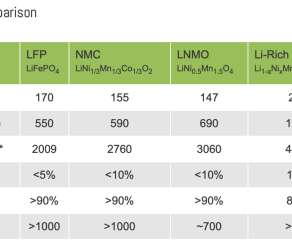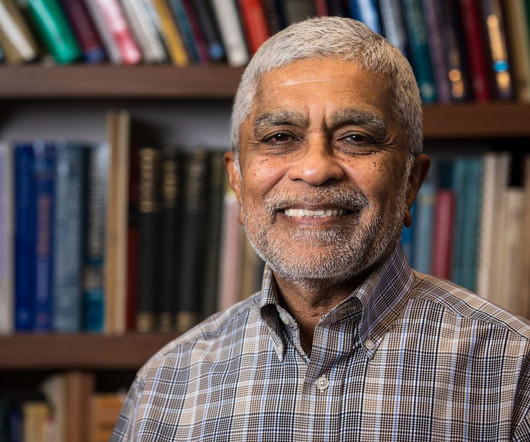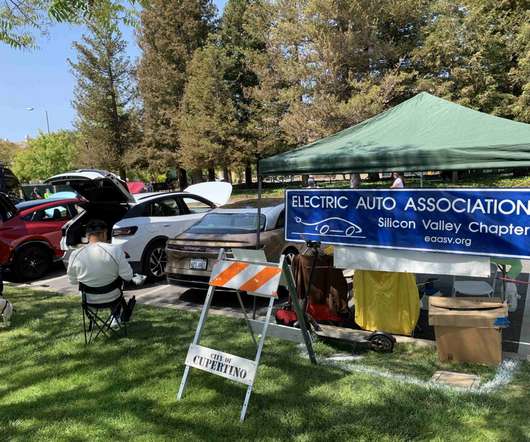Kyoto team develops new cathode material for high-energy-density rechargeable magnesium batteries
Green Car Congress
JULY 25, 2014
A team of researchers from Kyoto University has demonstrated ion-exchanged MgFeSiO 4 as a feasible cathode material for use in high-energy-density rechargeable magnesium batteries. In addition to the high capacity, the relatively high negative reduction potential of magnesium metal can provide high energy density.



























Let's personalize your content